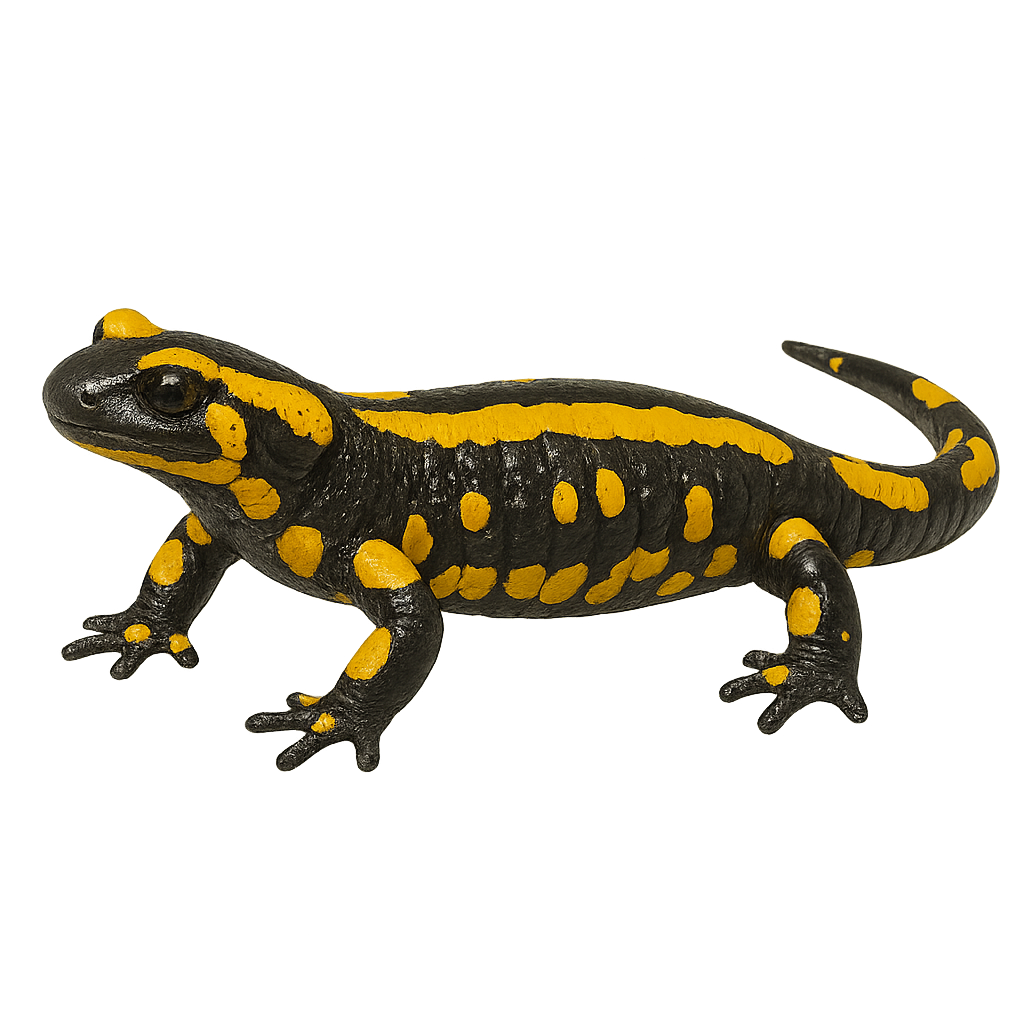Animal Species Profiles:
Mammals, Birds, Reptiles & More
Explore wildlife from around the world with the species profiles on WildlifePhotographer. Mammals, birds, reptiles… For each species, you’ll find key information such as habitat, observation periods, distribution, and photography tips. Want more details and advanced features? Download the full app for the complete experience.
Strawberry poison dart frog
Oophaga pumilio
The Strawberry Poison Dart Frog is a small, vibrant, and colorful frog from the Dendrobatidae family. This species typically measures between 2 and 3 centimeters in length and is easily recognizable by its bright red or orange color, sometimes speckled with blue or black, hence its name "strawberry." It is primarily found in the humid tropical forests of Central America, particularly in Costa Rica and Panama. Its diet mainly consists of ants, spiders, and other small arthropods, which it primarily captures from the forest floor. The bright coloration of its skin is an indicator of its toxicity, which comes from alkaloids found in its diet, particularly ants. These toxins serve as protection against predators. During the breeding season, the Strawberry Poison Dart Frog lays its eggs on the forest floor or in humid areas where the tadpoles develop, often in small pools of water or tiny puddles. While this species is not in immediate danger, it is threatened by deforestation, habitat loss, and pollution.
Spotted Salamander
Salamandra salamandra
The Spotted Salamander is an amphibian primarily found in forests and wetlands across Europe, particularly in France, Spain, and Germany. It typically measures between 15 and 25 cm in length, although some specimens can reach up to 30 cm. Its body is black with bright yellow spots, making it easily identifiable. The Spotted Salamander is a nocturnal and terrestrial animal, hiding during the day under rocks or in holes in the ground to protect itself from the heat. It is carnivorous and feeds primarily on insects, worms, small crustaceans, and other invertebrates. While it remains relatively abundant in certain regions, this species is threatened by water pollution, habitat destruction, and climate change.



